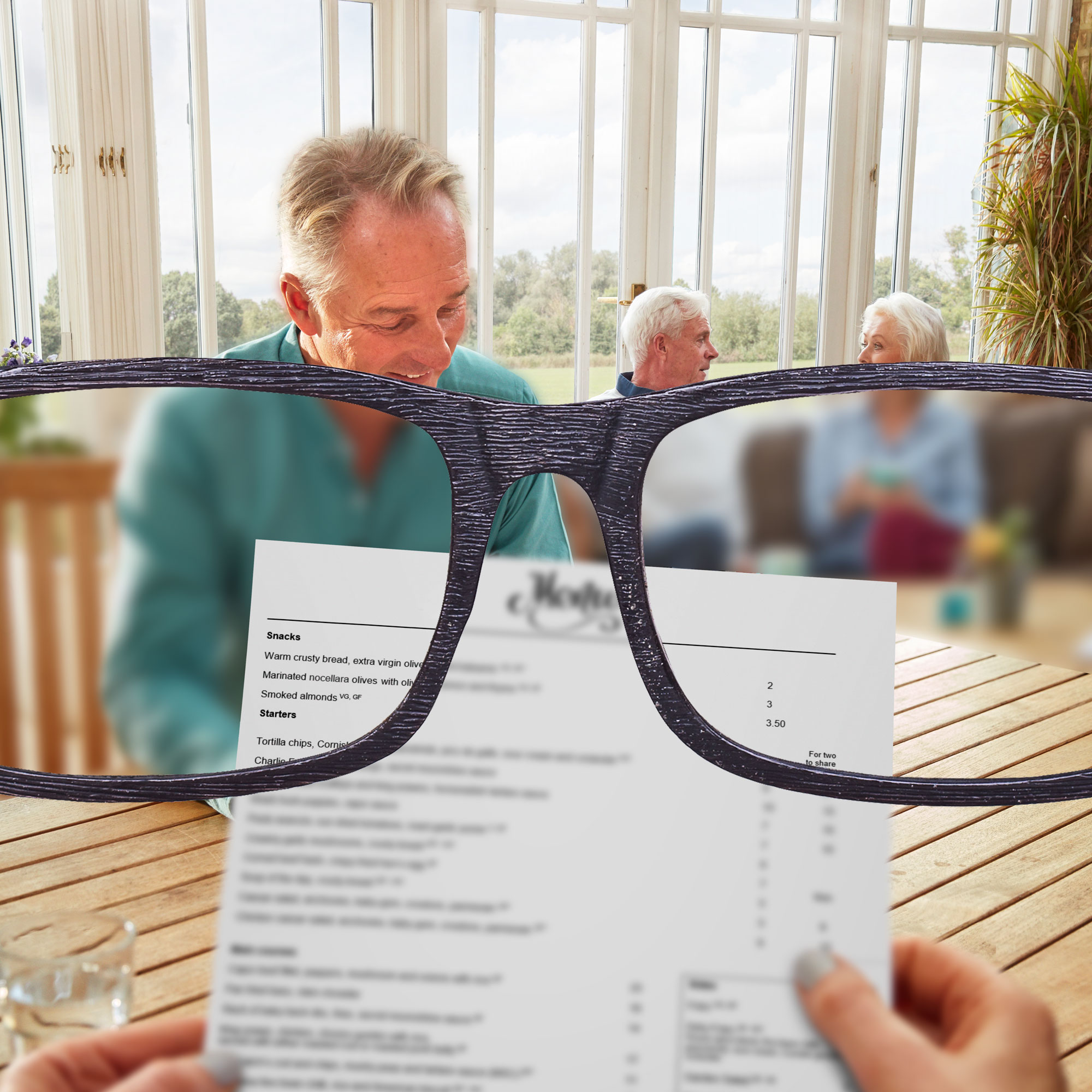Monovision
Monovision is a popular surgical technique that can expand your range of clear vision compared to some lens options. With monovision, your surgeon will work with you to determine two different IOL powers that work together to provide you with more everyday vision, especially for near activities.
- 97% of monovision patients are satisfied with their visual outcomes1
- Over 80% report little to no continued use of their glasses2
While monovision will often give you excellent vision for distance and intermediate activities, you may still need to wear glasses for some fine print.


- Zhang F, Sugar A, Barrett G. Pseudophakic monovision: A clinical guide. Thieme. 2018
- Zhang F, Sugar A, Jacobsen G, Collins M. Visual function and spectacle independence after cataract surgery: bilateral diffractive multifocal intraocular lenses versus monovision pseudophakia. J Cataract Refract Surg. 2011;37(5):853–858






